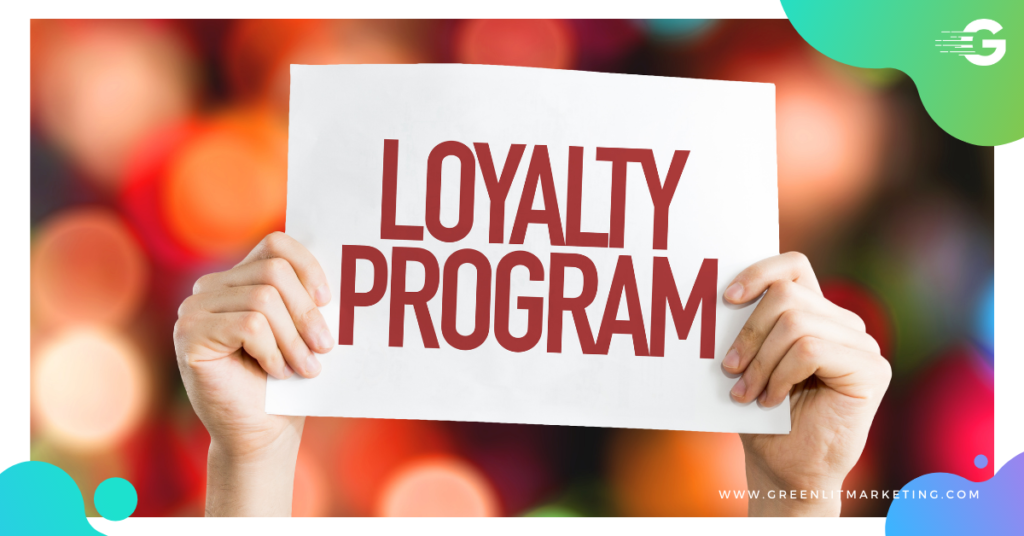Times are tough in business right now, and you can use any help you can to attract, engage, and retain customers. You may be struggling with reduced revenue and sales due to the pandemic and recession. You may have had to slash your marketing budget. You’re probably trying to maximize your marketing efforts in the COVID-19 environment.
It can be difficult to find effective ways to attract and retain customers, especially with a smaller budget.
That’s why we recommend you make this year the year you adopt a customer loyalty program. Here’s why an investment in a loyalty program makes a lot of sense right now.
It’s a Cost-Effective and Low-Effort Way to Engage Customers
Did you know it’s 5x less expensive to retain an existing customer than it is to find a new one?
Whether you’ve been in business for only a few months or for several years, you’ve probably spent considerable time, energy, and money on finding net new business. After all, your customer base is the backbone of your success.
You’ve likely invested in online and offline ads, social media, website development, and various marketing initiatives like account-based marketing and digital marketing. Once you’ve gotten a customer’s attention and nurtured the relationship until they’re ready to buy, the last thing you want is to have that valuable customer disappear after the sale.
A loyalty program is a great way to engage those customers you spent so much time and effort attracting to your business and to ensure they stay with you for the long haul.
It may seem like a big, expensive new program that will funnel away all your already-limited resources, but loyalty programs don’t have to be costly or time intensive. Of course, there’s work in the beginning to set up the program, but once it’s up and running, there’s little work left on your part (but plenty of benefits).
Loyalty programs are considered cost effective and low effort because many of them are self-sustaining: The more your customers purchase, the more rewards they get. Sure, you might have to update the rewards every once in a while, but it won’t be too time consuming to do so on an ongoing basis.
Plus, a loyalty program will make your customers feel happy and appreciated, which can make them more likely to stay with your business instead of moving on to your competitor.
Loyalty Programs Increase Sales
A loyalty program is not only a great way to keep your customers engaged but it’s always a way to generate more sales from your existing customer base.
Think about it, who is more likely to buy your product or services: someone who has already purchased from you or someone who is a stranger?
You can focus on increased sales by creating a loyalty program with linearly increasing rewards. In this type of program, the more customers buy, the more (or better) rewards they’ll get. Many of your customers will spend more just to get the better rewards, deals, and discounts that are on offer.
When revenue is down, finding new ways to increase sales should be a priority.
It’s Great for Market Research
More and more people are becoming wary of sharing their information with brands, and rightfully so. That is, unless they’re getting something out of it, like discounts, deals, points, and free stuff.
Loyalty programs (especially digital programs) collect a wealth of data on your customers, from their demographics to their buying habits and behaviors. This is great data to have to shape your future products and offerings. You’ll be able to make more informed decisions about which product lines to ditch and which ones to invest in by understanding what it is your target audience is interested in. This data could also give you the market research you need to determine exactly who your target audience should be.
Apart from the more generalized data, loyalty programs also give you plenty of personalized information, such as a customer’s specific interests and buying habits. This can help you better target them with ads and marketing campaigns in the future, ensuring that you’re meeting their needs and increasing the chances that they’ll respond to your messaging.
There’s a Customer Loyalty Program That Will Work for Your Brand
Think a loyalty program isn’t right for you? Maybe you just haven’t found the right one for your brand! There are plenty of types available:
Point-based loyalty program
(Think: 100% Pure, which our CEO LOVES!)
This is arguably the most popular loyalty program used by brands today. With this program in place, frequent customers earn points on each purchase, which add up and translate into some type of reward, like a free gift, a discount, or money off a future purchase.
The key to this program is to make the conversion of points to rewards simple, like 1000 points = 10 dollars.
You’ll often see this program in grocery stores and retail.
Tiered loyalty program
(Think: Virgin Atlantic Flying Club)
Companies that offer higher commitment and higher priced purchases often do best with tiered loyalty programs that offer a type of reward ladder. This type of program rewards initial loyalty with smaller rewards but also encourages more purchases and bigger purchases with better rewards higher up the ladder a customer goes. Hospitality businesses and airlines often employ this type of program.
Paid loyalty program
(Think: Amazon Prime)
Looking for recurring revenue? Consider a paid loyalty program similar to Amazon Prime. For a price, loyal customers can get extra perks that your typical customers don’t receive, like extra points on purchases or free expedited shipping.
Paid programs can make customers feel like VIPs.
Value-based loyalty program
If you have a strong mission-based or values-based business, this might be the right program for you. In a value-based loyalty program, you reward customers by donating a % of their purchase to charity.
Coalition loyalty program
(Think: Co-branded deals with a partner)
Co-branded or coalition loyalty programs are mutually beneficial to both brands that partake in them. These types of programs allow you to offer perks that go beyond what your company can offer alone.
For example, if you’re a hairdresser, you can partner with a spa to provide a discount on manicures with every haircut. The spa can do the same.
These programs are especially valuable in helping you reach a wider audience through your partner.
Getting Started Is Easier Than You Think
Many marketers are hesitant to start loyalty programs simply because they think it’ll be hard to get started. It’s actually easier than you might think to get started:
Step 1: Decide what rewards you want to offer (points, free gifts, discounts, etc.).
Step 2: Decide what actions you want to reward.
Step 3: Choose an app for the program or determine how you’ll execute it internally using your CRM or ecommerce tool.
Step 4: Make the program appealing to customers so they sign up. This step requires you to do some market research and find innovative and effective ways to promote the new program and market it. It isn’t a bad idea to reward sign-ups at this stage.
Once these big steps are completed, it’s all maintenance! Your program can be up and running in no time and will be relatively pain free to maintain over the long term. However, you’ll gain big benefits over time, making it a great investment.
Need help getting started? GreenLit Marketing can help with market research and marketing to program set up and maintenance. Book a consultation today.



